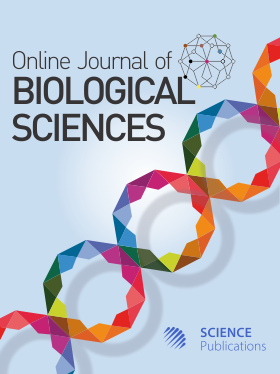A Review on Epidemiology and Thalassemia Distribution, in Relevance to United Arab Emirates Population
- 1 Department of Basic Sciences, RAK Medical and Health Sciences University, United Arab Emirates
- 2 Department of Biochemistry, RAK Medical and Health Sciences University, United Arab Emirates
- 3 RAK Medical College, RAK Medical and Health Sciences University, United Arab Emirates
Abstract
Thalassemia is a blood disorder passed down through families (inherited) in which the body makes an abnormal form or inadequate amount of hemoglobin. Hemoglobin is the protein in red blood cells that carries oxygen. The disorder results in large numbers of red blood cells being destroyed, which leads to anemia. Depending on the type of mutated globin, there are two types of thalassemia: Alpha- (α-) thalassemia and beta- (β-) thalassemia. It is estimated that around 9 million people suffering from thalassemia become pregnant every year worldwide, of which 1.33 million are at risk of developing severe thalassemia disorder. Thalassemia is a problem in the health sector in many Middle East and North Africa (MENA), region Southeast Asia, Central Asia and the Indian subcontinent. Countries in the MENA region, particularly the Gulf Cooperation Council (GCC) countries and the UAE, have higher prevalence of β-thalassemia and carriers than α-thalassemia. The UAE has the most prevalence of thalassemia carrier among all the MENA countries, due to a huge rate of consanguineous marriage. The UAE government has initiated various measure to reduce the incidences of thalassemia among which one such program included launching of a national campaign in 2008 to promote premarital screening that provides non-instructive genetic counseling to non-at-risk couples. Despite various measures of the thalassemia premarital screening program, the premarital screening program has not been able to effectively reduce the frequency of marriages in high-risk couples in UAE. The study concludes that targeting young people and raising awareness of thalassemia and increasing its burden may reduce inter-carrier marriage and reduce the incidence of such disorders.
DOI: https://doi.org/10.3844/ojbsci.2021.280.284

- 5,888 Views
- 5,046 Downloads
- 1 Citations
Download
Keywords
- Thalassemia
- Genetic disorders
- MENA region
